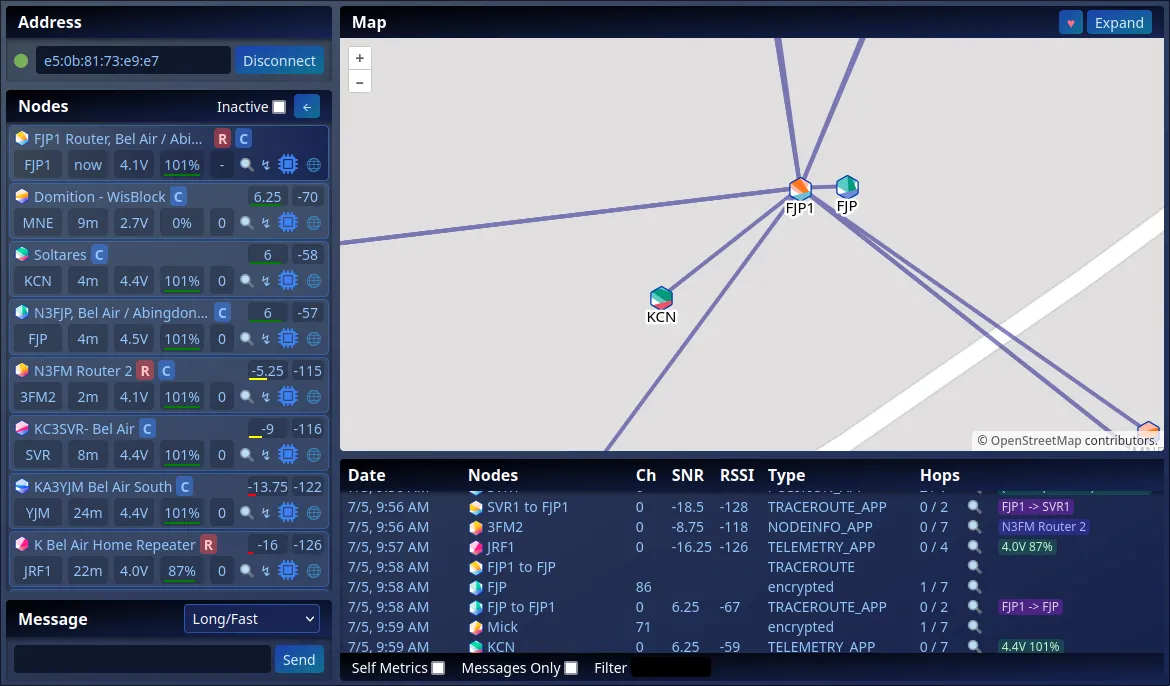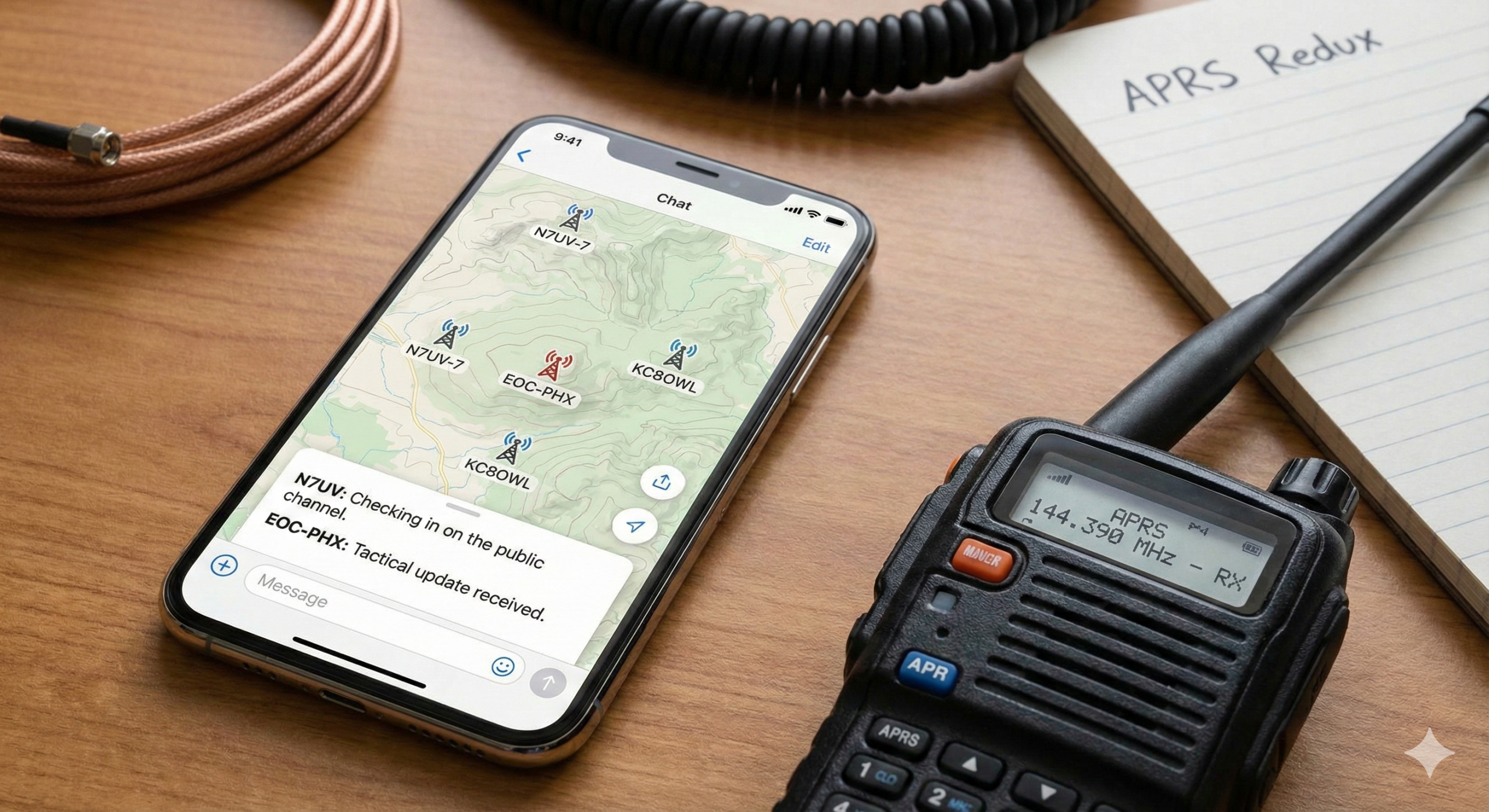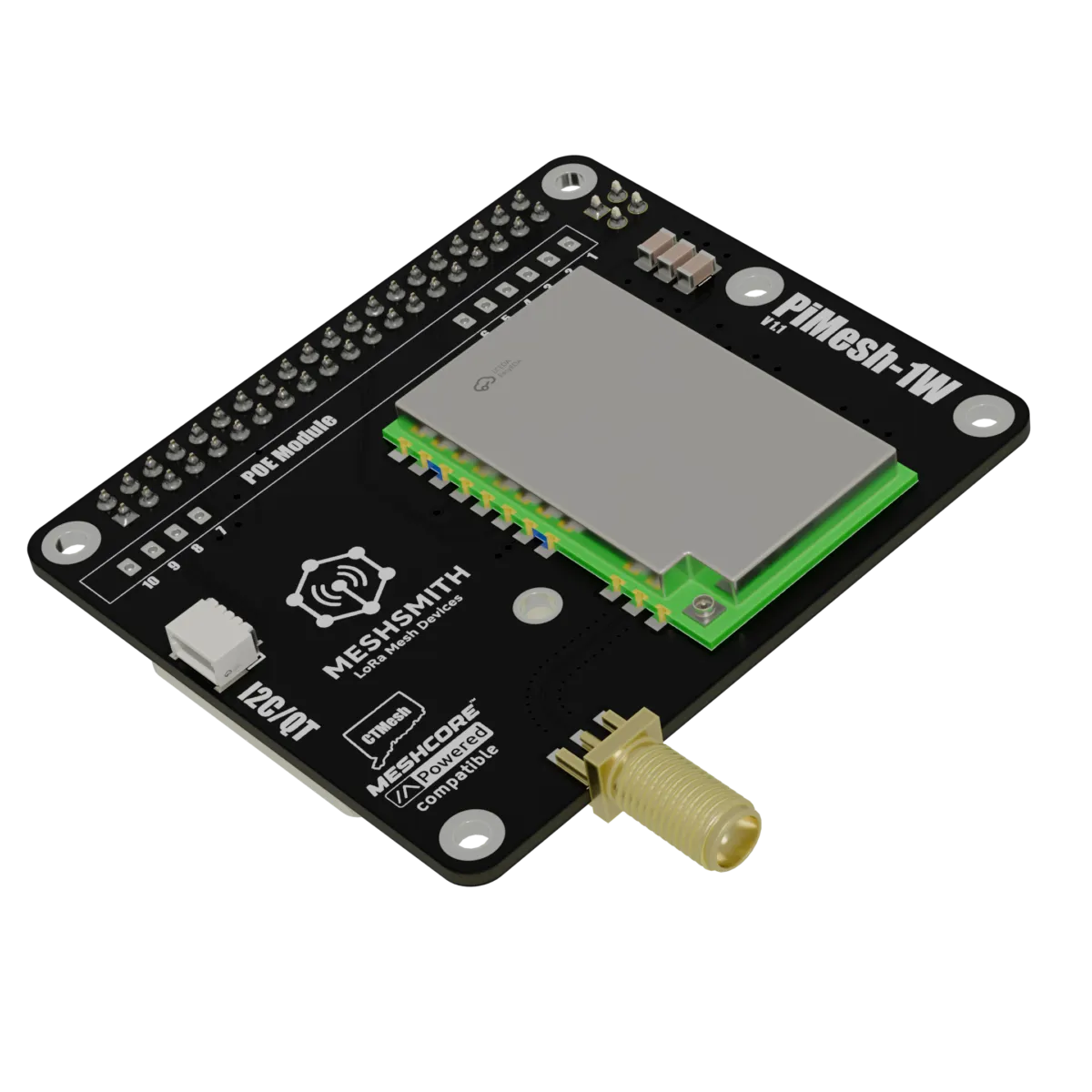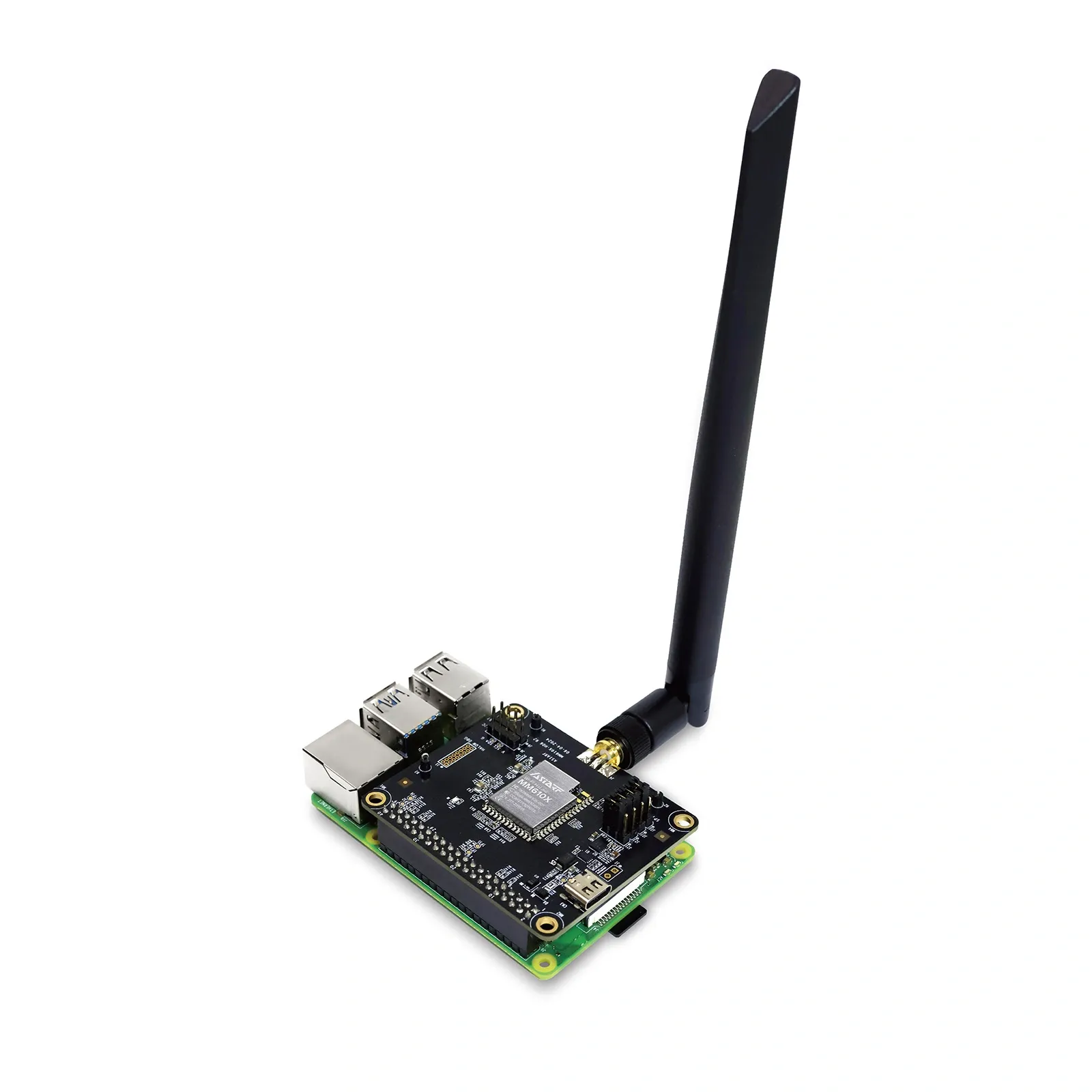communication
debian
fedora
free open source software
LoRa
meshtastic
off grid
ubuntu
APRS, DIYNetworking, emergencycommunications, hamradio, IoT, LongRangeRadio, lora, lorawan, meshnetwork, meshnetworking, MeshSense, meshtastic, NodeMonitoring, offgridcommunication, opensource, radiocommunication, SignalStrength, techinnovation, telemetry, wirelesscommunication
9M2PJU
0 Comments
MeshSense: A Comprehensive Tool for Monitoring and Mapping Your Meshtastic Network
If you’re using Meshtastic—a popular open-source, long-range, and low-power communication network—keeping track of your network’s performance and health is crucial. Enter MeshSense: a simple, open-source application designed to monitor, map, and graphically display all the vital stats of your Meshtastic network. Whether you’re managing connected nodes, checking signal reports, or running trace routes, MeshSense offers a comprehensive set of tools to help you stay on top of your network.
What is MeshSense?
MeshSense is a powerful tool that directly connects to your Meshtastic node via Bluetooth or WiFi. Once connected, it continuously provides detailed information about the status and health of your network. With an intuitive interface, you can monitor your network’s performance and quickly identify any issues.
- Node Monitoring: Track connected nodes, their health, and other essential metrics.
- Signal Reports: Receive and analyze signal strength, noise levels, and more.
- Trace Routes: View the routing paths and network topology for a clearer understanding of how your network is operating.
Whether you’re a Meshtastic enthusiast or using it for more serious applications, MeshSense makes it easy to monitor and maintain your network in real-time.
Getting Started with MeshSense
Getting started with MeshSense is straightforward, and it offers various ways to connect and use the application based on your needs.
1. Running MeshSense on Ubuntu
For most users, the easiest way to run MeshSense is with its graphical user interface (GUI). Simply download the latest version of the MeshSense AppImage from the official website and follow these steps:
- Download the MeshSense AppImage from here
- Install dependency
sudo apt install libfuse2 - Make the AppImage executable:
chmod +x meshsense-x86_64.AppImage - Run the application:
./meshsense-x86_64.AppImage --no-sandbox
2. Headless Usage for Advanced Users
For users who prefer working without a graphical interface, MeshSense offers a headless mode, which allows the application to run in the background or on a server.
To run MeshSense in headless mode, use the --headless flag:
ACCESS_KEY=mySecretKey ./meshsense-x86_64.AppImage --headlessYou can specify an access key via the ACCESS_KEY environment variable, which is used for remote connections that require full permissions.
Developing with MeshSense
If you’re interested in contributing to MeshSense or running it from the source code, here’s a quick guide to setting up the development environment.
Clone the Repository
Start by cloning the official MeshSense repository:
git clone --recurse-submodules https://github.com/Affirmatech/MeshSense.git
cd MeshSenseBuild the Dependencies
For Debian-based systems (like Ubuntu), you’ll need the following dependencies:
sudo apt install cmake libdbus-1-devThen, navigate to the api/webbluetooth directory and install the required npm packages:
cd api/webbluetooth
npm i
npm run build:all
cd ../..To update the application with the latest code and dependencies, run the update.mjs script:
./update.mjsRunning the UI and API Services
- Start the UI Service: Navigate to the
uidirectory and run:cd ui PORT=5921 npm run dev - Start the API Service: In a separate terminal, navigate to the
apidirectory and run:cd api export DEV_UI_URL=http://localhost:5921 PORT=5920 npm run dev
This will make the front-end of MeshSense accessible through your browser at http://localhost:5920. Be sure to avoid accidentally connecting to the UI service at http://localhost:5921, as this is meant only for development purposes.
Building the Application
To build the UI, API, and Electron components, you can use the build.mjs script. The official Electron builds will be signed with an Affirmatech certificate and placed in api/dist and electron/dist.
Conclusion
MeshSense is a powerful and easy-to-use tool for anyone looking to manage and monitor their Meshtastic network. Whether you’re using it to keep an eye on connected nodes, track signal strength, or visualize network topology, MeshSense makes it all possible in a user-friendly interface. If you’re interested in diving deeper or contributing to its development, MeshSense also offers full support for headless usage and development setups.
For more detailed information or troubleshooting, be sure to check out the official GitHub repository and explore the extensive documentation and FAQs.
Stay connected, and keep your Meshtastic network in top shape with MeshSense!







Post Comment